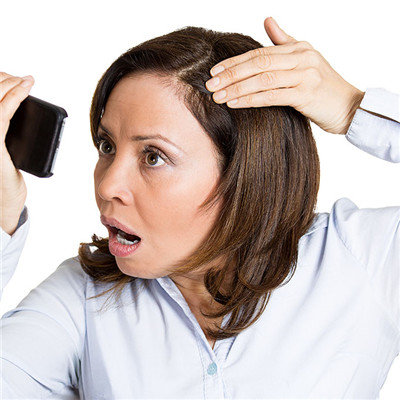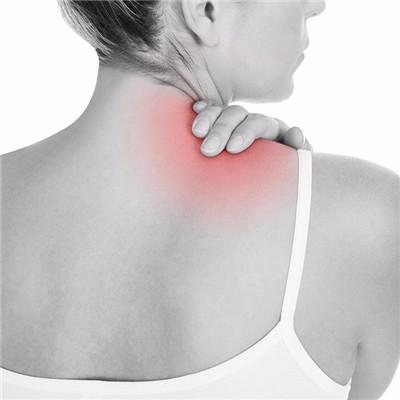Head seborrheic dermatitis symptoms?
summary
Dermatitis is a relatively common skin disease, which can occur in any part of the body, and the head is also one of the common parts of the disease. If the head suffers from dermatitis, the damage will be very serious. At this time, patients need to understand the symptoms of seborrheic dermatitis on the head, so as to facilitate good treatment.
Head seborrheic dermatitis symptoms?
The typical lesions are dark yellow red patches or macular papules with clear edges, which can be divided into scale type and scab type clinically. In the former, there are greasy scales on the surface of the rash, and a large number of scales fall when combing the hair; Later, the skin rash surface greasy scale thick accumulation, forms the scab skin. Because of itching, after scratching, there will be exudate.

Seborrheic dermatitis of the head can be accompanied by exudation, scab and odor, which can cause alopecia on the head, which is called seborrheic alopecia. Gray white scales or yellow scabs can be seen behind the eyebrows, nasal wings and ears. The base is flushed. Irregular yellow red or light red patches on the trunk, followed by Chaff like scales. In severe cases, erythroderma develops to the whole body. Sometimes due to scratching, secondary infection folliculitis, furuncle, lymphadenitis.

In addition to genetic factors, seborrheic dermatitis in most patients is also related to sebum secretion and its own neural factors. Patients can eat more animal liver, carrots, pumpkins, potatoes, cabbage, sesame oil, rapeseed oil and so on, pay attention not to contact too many chemicals.

matters needing attention
First of all, we already know that the head seborrheic dermatitis is closely related to patients' long-term consumption of fatty and polysaccharide foods, as well as pungent and alcoholic foods. Therefore, patients should pay attention to adjusting their diet and develop a good diet structure after the onset of the disease, which has a certain effect on alleviating the disease.











